If you wear hearing aids, emergency backup communication is essential.
In 1994 I was living in the San Fernando Valley, when a catastrophic earthquake shook the Los Angeles area to its core. Just a few miles north of the epicenter, I was awoken by the massive shaking and entered into a dream-like existence that morning, taking in the scene as it unfolded. But when I think about it, one of the first things that pops into my mind is: MY HEARING AIDS WENT FLYING.
I was unprepared for an emergency
It seems another lifetime ago. And in many ways it is for me. I was 23, living with my 3 (hearing) housemates and our kitties. We were vegetarian and idealistic – our little hippie planet. I was gearing up to head back to college full time after a part-time hiatus (meaning I had just been going to my dance classes and worked as a waitress in a deli). My existence was very “hearing”. I put my hearing aids on every morning and just didn’t really acknowledge my deafness very much. I did know American Sign Language, but being out of school at the time, no one in my home or friend circle did. I wanted to blend in. I winged phone conversations. I was basically dealing.
Hearing aids were not enough
I had always been quite casual about where I stored my hearing aids at night, usually just somewhere on the night table. Never again after that morning. As I said, they went flying. And I was in the dark, unable to see or hear. I felt frozen inside. I was silenced. As I had been all my life, I was dependent on my hearing aids not only to hear, but to function.
It was a big wake up call.
In the years since, I have a lot more tools in my communication toolbox to use rather than just be super dependent on my hearing aid to access information.
In emergencies and everyday life, it’s wise to take mental inventory of our communication tools – specifically for use in a pinch when we are not able to communicate using hearing devices.
You still need to be able to function. Here’s how you can:
Confidence
This is first and foremost. Be able to explain what you need from others to communicate. Nothing to be ashamed of. Also, it is imperative that first responders and other officials know you have a hearing loss and are without your hearing device.
Position yourself to communicate
If there are many people, see if you can move to a place that allows the best visual. Near the person who is speaking to the crowd or on the corner or end of a table where you can see everyone, the edge of a scene to take in all the visuals.
Phone apps
Voice dictation has come a long way in the last few years. Absolutely my go-to for when I don’t have an interpreter or something isn’t captioned. Otter (for iphone) and Live Transcribe (for android)
Use your hands
Use gestures, pointing, hold up how many fingers for numbers. This is a good way to show people what you need to communicate. Even if they don’t respond in kind, you can ask them yes or no questions and you’ll get confirmation that way.
You can also learn American Sign Language and fingerspelling. You never know who might know it around you in an emergency but if you were in a situation like a hospital where an interpreter could be brought in, it’s VERY beneficial.
Write
Paper and pen, a small dry erase board (I keep one in my car), sidewalk chalk, whatever works.
Captioning
Don’t forget, all televisions have a captioning feature, it just needs to be turned on. However, not all shows have captioning, and live broadcasts can be tricky to make clear.
Interpreters
In emergency broadcasts, there is now usually a sign language interpreter standing next to the speaker. One of the reasons for this is the above mentioned issue with captions and that for many Deaf people, ASL is their first language and the best way to get emergency information.
We are blessed with our lives. Still, I will never forget the way I felt in the dark that morning. And I never want to.
Hearing aids are helpful to many. But be empowered an emergency, know that you have backup options to communicate!
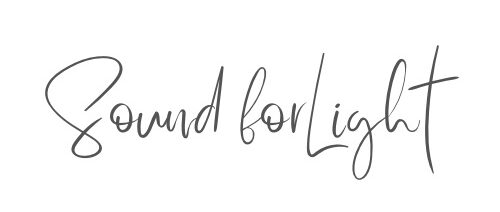
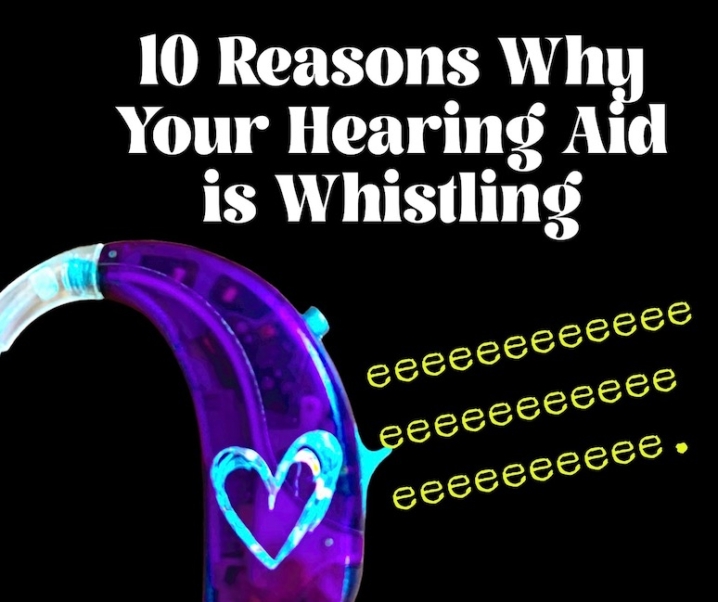
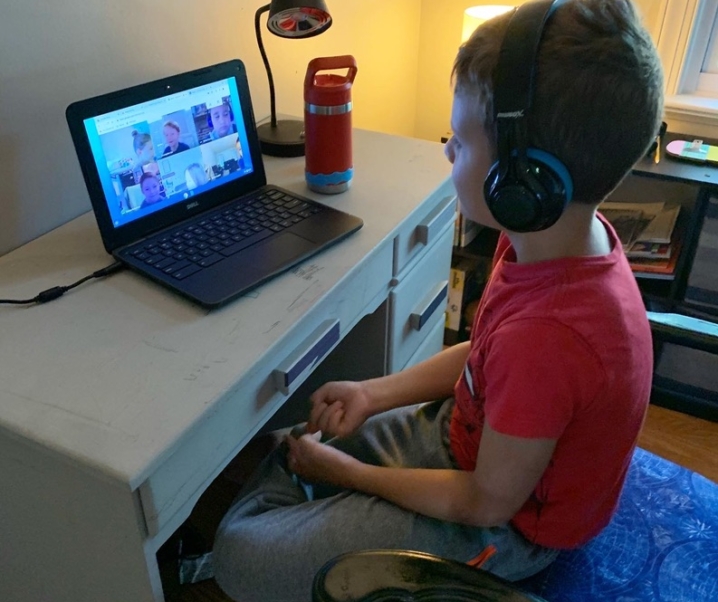
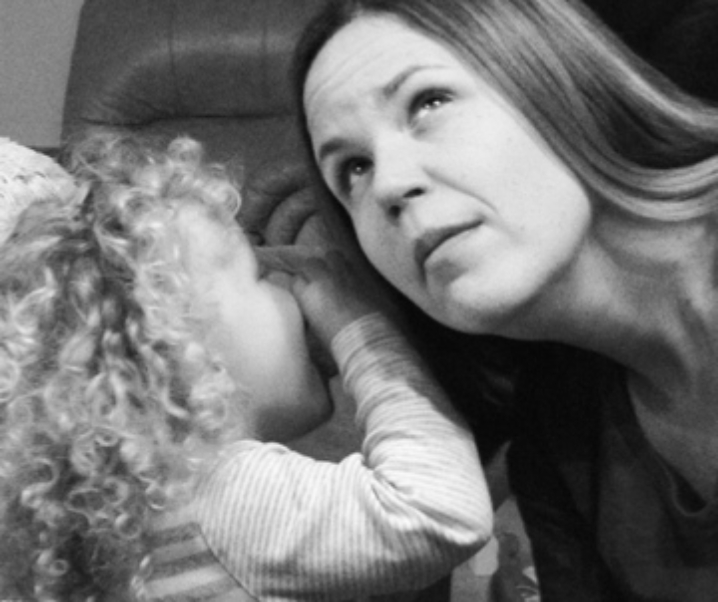

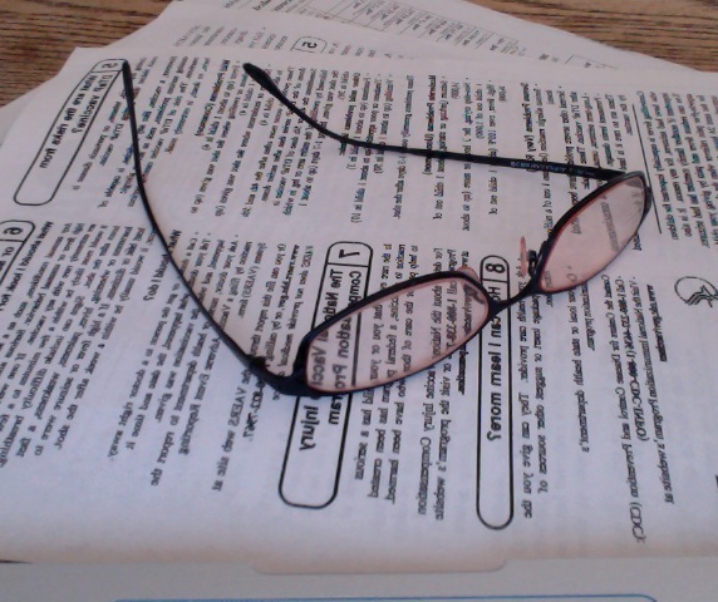
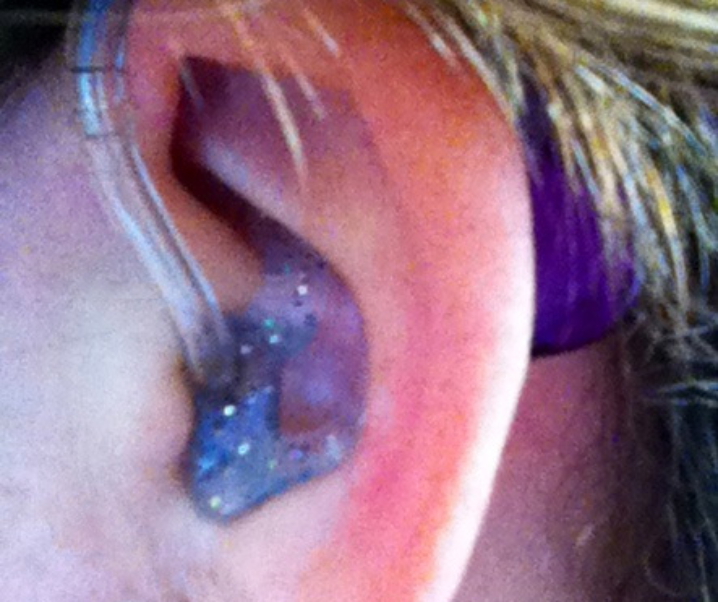
What do you think?